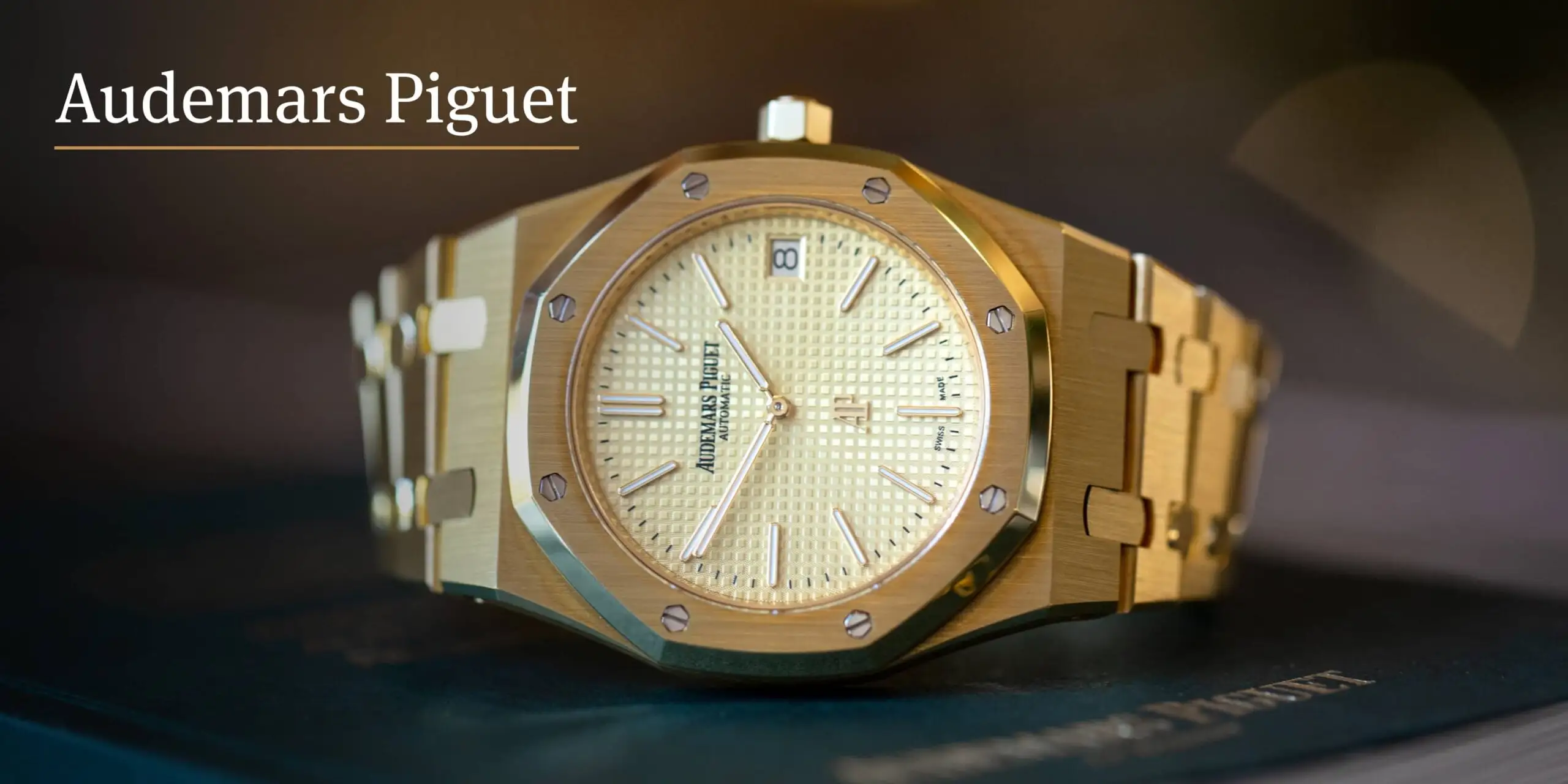Audemars Piguet, a distinguished Swiss watchmaker founded in 1875, has earned global acclaim for its pioneering spirit, innovative designs, and impeccable craftsmanship. Renowned for pushing the boundaries of traditional watchmaking, Audemars Piguet continues to set benchmarks in haute horlogerie. Here’s an exploration of the innovation and craftsmanship that define Audemars Piguet:
1. Founding Heritage and Independence
- Establishment: Founded in 1875 by Jules Louis Audemars and Edward Auguste Piguet in the Vallée de Joux, Switzerland, Audemars Piguet remains an independent, family-owned company.
- Pioneering Spirit: From its inception, Audemars Piguet distinguished itself with innovative complications and refined craftsmanship, setting the stage for its future as a leader in luxury watchmaking.
2. Iconic Designs and Complications
- Royal Oak: Launched in 1972, the Audemars Piguet Royal Oak revolutionized the luxury watch industry with its daring octagonal design, integrated bracelet, and stainless steel case—a groundbreaking concept by designer Gerald Genta.
- Royal Oak Offshore: Introduced in 1993, the Royal Oak Offshore expanded upon the Royal Oak’s bold design philosophy, catering to a younger, sportier clientele with larger cases, vibrant colors, and robust complications.

3. Master Craftsmanship
- Artisanal Excellence: Audemars Piguet’s master watchmakers and artisans uphold traditional craftsmanship while embracing modern technology to create intricate complications, including perpetual calendars, tourbillons, and minute repeaters.
- Hand-Finishing: Each Audemars Piguet watch undergoes meticulous hand-finishing, including anglage (beveling), perlage (circular graining), and Côtes de Genève (Geneva stripes), showcasing the brand’s commitment to exceptional detailing.
4. Innovative Movements and Materials
- Caliber 2120: Introduced in 1967, the ultra-thin Caliber 2120 remains one of the world’s thinnest self-winding movements, embodying Audemars Piguet’s technical prowess and commitment to innovation.
- Materials Innovation: Audemars Piguet explores avant-garde materials like forged carbon, ceramic, and titanium in its watch designs, blending lightweight durability with aesthetic appeal.
5. Legacy of Excellence and Prestige
- Horological Milestones: Audemars Piguet has achieved numerous horological milestones, including the creation of the first minute-repeating wristwatch in 1892 and the development of the world’s first perpetual calendar wristwatch in 1955.
- Cultural Influence: The brand’s association with sports, arts, and culture—fostered through collaborations with ambassadors like LeBron James and partnerships with international events—solidifies Audemars Piguet’s global influence and prestige.
6. Commitment to Sustainability
- Environmental Responsibility: Audemars Piguet is committed to sustainable practices, including responsible sourcing of materials, reducing carbon emissions, and supporting local communities in the Vallée de Joux.
Conclusion
Audemars Piguet’s legacy as a pioneer in watchmaking innovation and master craftsmanship is rooted in its rich heritage and relentless pursuit of excellence. From the iconic Royal Oak to the technical marvels of its complications, each Audemars Piguet timepiece represents a blend of tradition, innovation, and artistic expression. As Audemars Piguet continues to innovate and push boundaries, it reaffirms its status as a beacon of haute horlogerie, capturing the imagination of watch enthusiasts and collectors worldwide with timepieces that embody the spirit of ingenuity and artistry.











